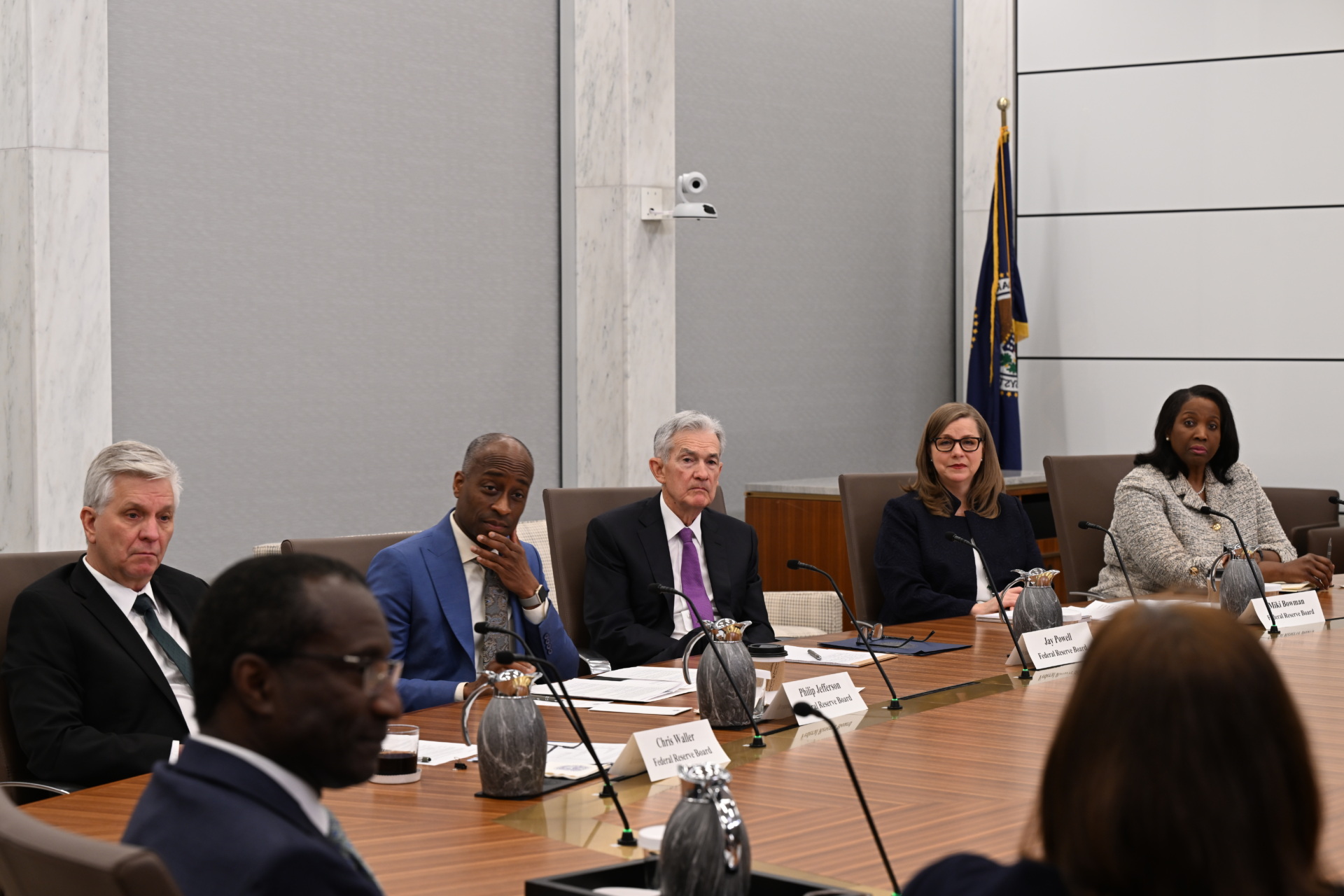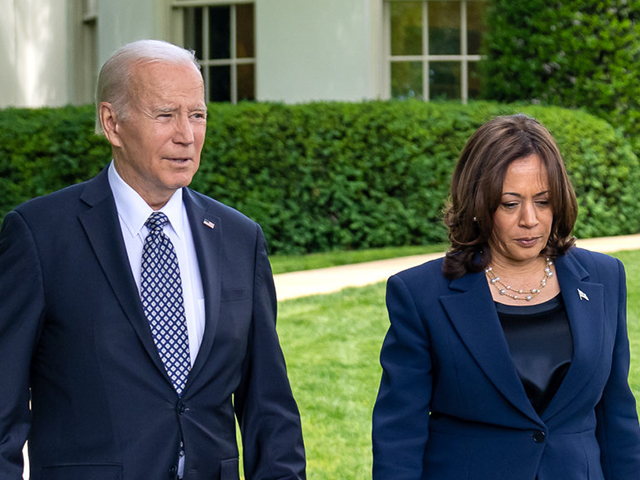Biden Bows Out, So the Fed May Sit Out September
The announcement that President Biden has halted his campaign to seek a second term puts pressure on the Federal Reserve to hold off on interest rate hikes until after the election.
The U.S. economy currently appears to be growing at a healthy pace in the second quarter, not overheating but also not careening into a recession. Retail sales, nonfarm payrolls, and industrial production were all better than expected in June, undercutting arguments that the economy was on the brink of a dangerous slowdown or that Fed policy has already become overly restrictive.
The Atlanta Fed’s GDPN0w has the economy growing at 2.7 percent. While that is probably an overestimate, it is not too far above the 2.4 percent rate of growth in private sector nowcasts. The Econoday consensus forecast has GDP growing at 1.8 percent and the Dow Jones at 1.9 percent, but those are based on dated projections. Goldman Sachs has the economy growing at 2.2 percent in the second quarter, and Bank of America has it at 2.3 percent.
What’s more, it is increasingly the view of many on Wall Street that growth will continue to accelerate in the second half of this year. Goldman, for example, sees the economy growing at around 2.5 percent for the final six months of the year, which would put fourth-quarter 2023 to fourth-quarter 2024 growth at 2.2 percent.
That is a tick above the median projection of 2.1 percent growth in the Federal Reserve’s June Summary of Economic Projections. The way to think about the projections is that they tell us what Fed officials think the appropriate policy rate will be if the economic data—inflation, employment, growth—come in as expected.
By subscribing, you agree to our terms of use & privacy policy. You will receive email marketing messages from Breitbart News Network to the email you provide. You may unsubscribe at any time.

Federal Reserve Board members attend a Fed Listens event on March 22, 2024, in Washington, DC. (Federal Reserve via Flickr)
What the Fed officials told us in the projections released last month is that they expect to set the fed funds rate at 5.1 percent—which would mean a range of five percent to 5.25 percent, one quarter of a point below the current target—if the economy has grown 2.1 percent over the past four quarters, unemployment is around four percent, the personal consumption expenditures (PCE) price index is up 2.6 percent over the past 12 months, and core PCE inflation is up 2.4 percent.
Although we think there is upside risk to both the unemployment rate and the inflation rate, all of those projections look quite reasonable right now. If you were expecting the economy to be roughly in line with where the median Fed official expects it to be, you should expect the policy rate to be where the Fed thinks it will be. But the market does not expect that. Instead of one cut, it is expecting two or three cuts—with a better than nine-in-ten chance that the first one comes in September.
More Chaos, More Uncertainty, More Reason to Wait on Rate Cuts
In earlier editions of Breitbart Business Digest, we’ve explained at length why we think think the market will turn out to be wrong about the extent of rate cuts and also why the certainty over the start of cuts is misplaced. Biden’s decision to withdraw from the 2024 presidential race and endorse Vice President Kamala Harris gives us even more confidence in this view.
At the very least, the sudden shift in the consensus around Biden’s mental acuity and then the abandonment of his candidacy is a reminder that the future of our politics is very unstable right now. Not too long ago, the establishment media claimed evidence of Biden’s feebleness was deepfake propaganda. Then Biden’s partisans said he had just had a bad night. Then Biden himself said he was resolute about remaining in the race, fully convinced he would beat Donald Trump in November.
All this political instability means it is impossible to predict with a high degree of confidence what economic policies the U.S. government might be following next year and in the three years that follow. Cutting in September would be to cut into that uncertainty even though more than one possible political outcome would likely result in a policy mix that the Fed would likely regard as more inflationary.
Many Fed officials have said they would prefer not to engage in a stop-start monetary policy in which a cut or two are immediately followed by a policy reversal. They justifiably fear this would undermine confidence in the Fed’s competency. But a pre-election cut raises the risk of a post-election reversal—a risk that could be avoided simply by waiting one more meeting.
We do not expect that the Fed will explicitly cite Biden’s withdrawal from the presidential contest as a reason to push back on the September expectations. If it does attempt to reset market expectations, it will do so without reference to the passing political scene. But Fed officials can see what is happening in American politics and will likely wait to see how this all plays out before moving the policy rate.

COMMENTS
Please let us know if you're having issues with commenting.